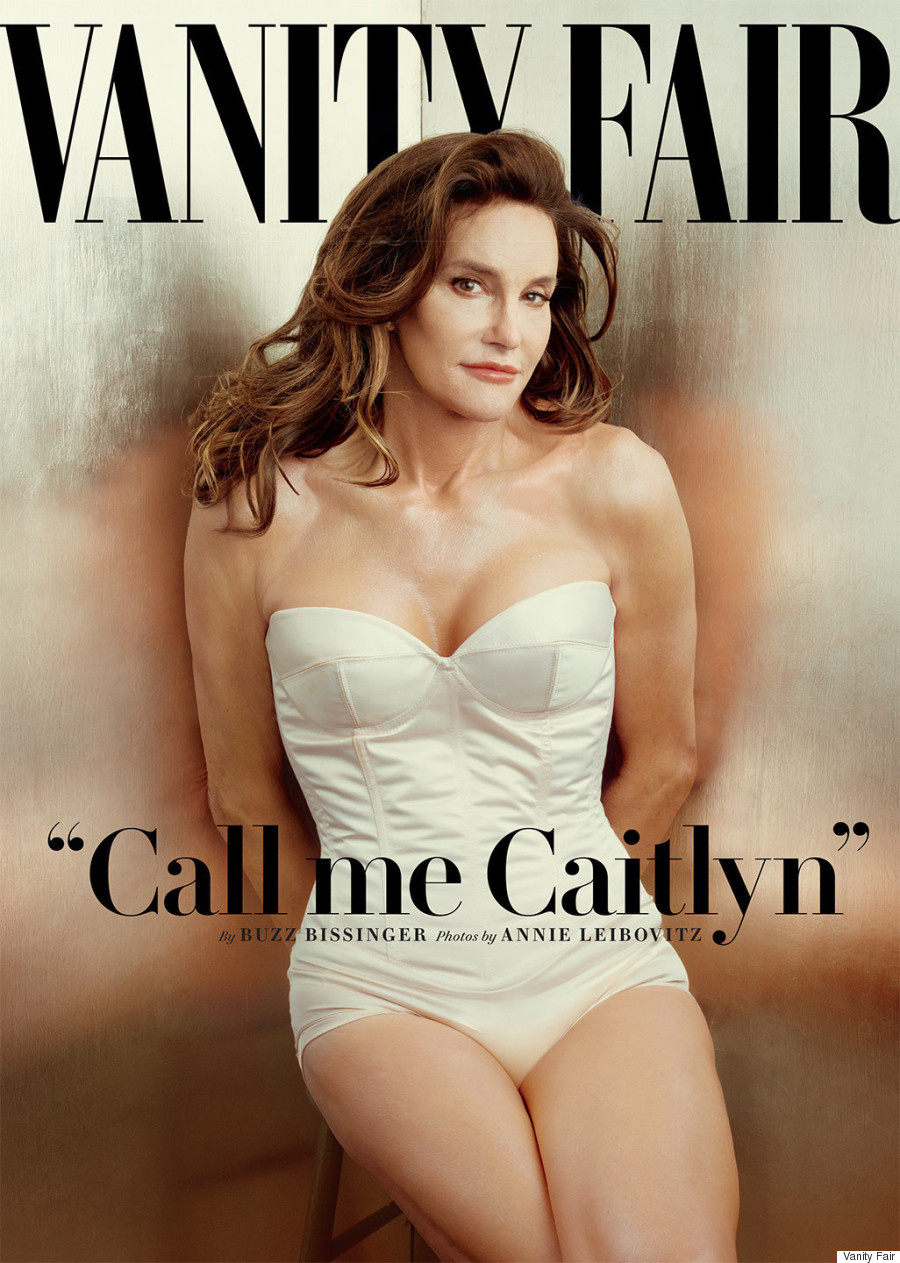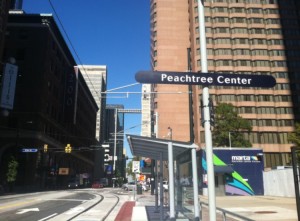
This is the image of the homeless man and women being evicted from their tents in Wooduff Park in Downtown, Atlanta.
Childress, Sarah, et al. “Mental Illness And Substance Use Problems In Relation To Homelessness Onset.” American Journal Of Health Behavior 39.4 (2015): 549-555 7p. CINAHL Plus with Full Text. Web. 23 Feb. 2016.
In the article, “Mental Illness and Substance Use Problems In Relations To Homelessness Onset”, author, Sarah Childress discusses the association between mental illness, substance use, and homelessness. Childress Childress’ article studied 394 homeless adults and gathered a plethora of statistical evidence to establish a relationship. The study took place in Dallas, Texas and was comprised of random homeless men and women who saw the flyers and wanted to participate. However, the criteria they were required to meet were that they must be at least 18 years old, English-speaking, and have a 7th grade literacy level. Of the participants that Childress studied, 124 of them reported you-onset homelessness. The homeless youth reported “using substances to attenuate the negative psychological effects of living on the streets, to reduce depressive symptoms, and to stay awake when they experience difficulty finding a safe place to sleep” (Childress, 550). A problem that Childress remarked was how the youth tend to be less likely to seek help, thus face the same or worsened drug and psychological problems into adulthood. Based on the mental illness related statistics that Childress obtained, “64.7% of the sample reported a major depression diagnosis, 41.1% a bipolar disorder diagnosis, and 25.4% schizophrenia or a schizoaffective disorder diagnosis at some point over the lifetime” (Childress, 551). Similarly, the statistics for self-reported problematic substance use were also high. The purpose of Childress’ article was to see if there was in fact a relationship between mental illness, substance use, and homelessness. While I feel as though the article provided substantial statistical evidence to support the relationship, it failed to compare mental illness and drug use to people who are not homeless; thus their homelessness may be unrelated.
Bruce, Douglas, et al. “Modeling Minority Stress Effects On Homelessness And Health Disparities Among Young Men Who Have Sex With Men.” Journal Of Urban Health 91.3 (2014): 568-580 13p. CINAHL Plus with Full Text. Web. 23 Feb. 2016.
Throughout the article, “Modeling Minority Stress Effects On Homelessness And Health Disparities Among Young Men Who Have Sex With Men”, author Douglas Bruce explores the relationship between sexuality and homelessness amongst adolescents. Based on extensive research, Bruce claims that homosexual youth are more likely to experience homelessness than heterosexual youth. The minority stress theory is also discussed in the article and believes that the “transitional period between adolescence and adulthood may be reshaped by experiencing homelessness or being kicked out of one’s parental home”(Bruce, 568). As a result, the physical and mental health of the adolescents is impaired, which may make it more difficult for them to escape homelessness, as they grow older. Bruce studied 200 young men who have sex with men in an effort to identify the association between sexuality, drug use, and homelessness. He found that the young men who are homosexual and got kicked out of the house had a higher rate of homelessness and daily marijuana use. The article proved the correlation between sexuality and homelessness.
CBS 46. “Police Warn Homeless Campers of Eviction from Woodruff Park – CBS46 News.” April 10, 2012. Accessed February 5, 2016. http://www.cbs46.com/story/17378825/police-warn-homeless-campers-of-eviction-from-woodruff-park.
In the news article, “Police Warn Homeless Campers of Eviction from Woodruff Park”, y CBS 46, the dozens of homeless men and women camping in the park are being told that they could not stay there. The article is accompanied by an image of the homeless campers and their tents lining the sidewalk and a couple a police officers standing in front of them. The tents were left in the park after “hundreds of demonstrators camped out for weeks inside the park to protest corporate greed, foreclosures, and wars in the Middle East” CBS 46). However, when they left, the homeless began occupying the tents and living out of them. In response to being asked if alternative shelter was offered to the homeless, Atlanta Police Department Deputy Chief, Renee Propes, said “Absolutely. The United Way was out here. They have transitional housing they can connect these folks too” (CBS 46). Conversely, some of the homeless people, such as Irvin Perrisseaud, feel as though the shelters are dangerous. Without warning or a specific timeframe, they were told to pack up their “homes” and told that they had to leave due to the new ordinance outlawing having tents on the sidewalks and living out of them. Given that man of the homeless men and women are mentally ill or haw drug and alcohol problems, they should probably be helped rather than evicted and told to move. This article provides an example of homelessness in downtown Atlanta, as well as how they are often displaced.


